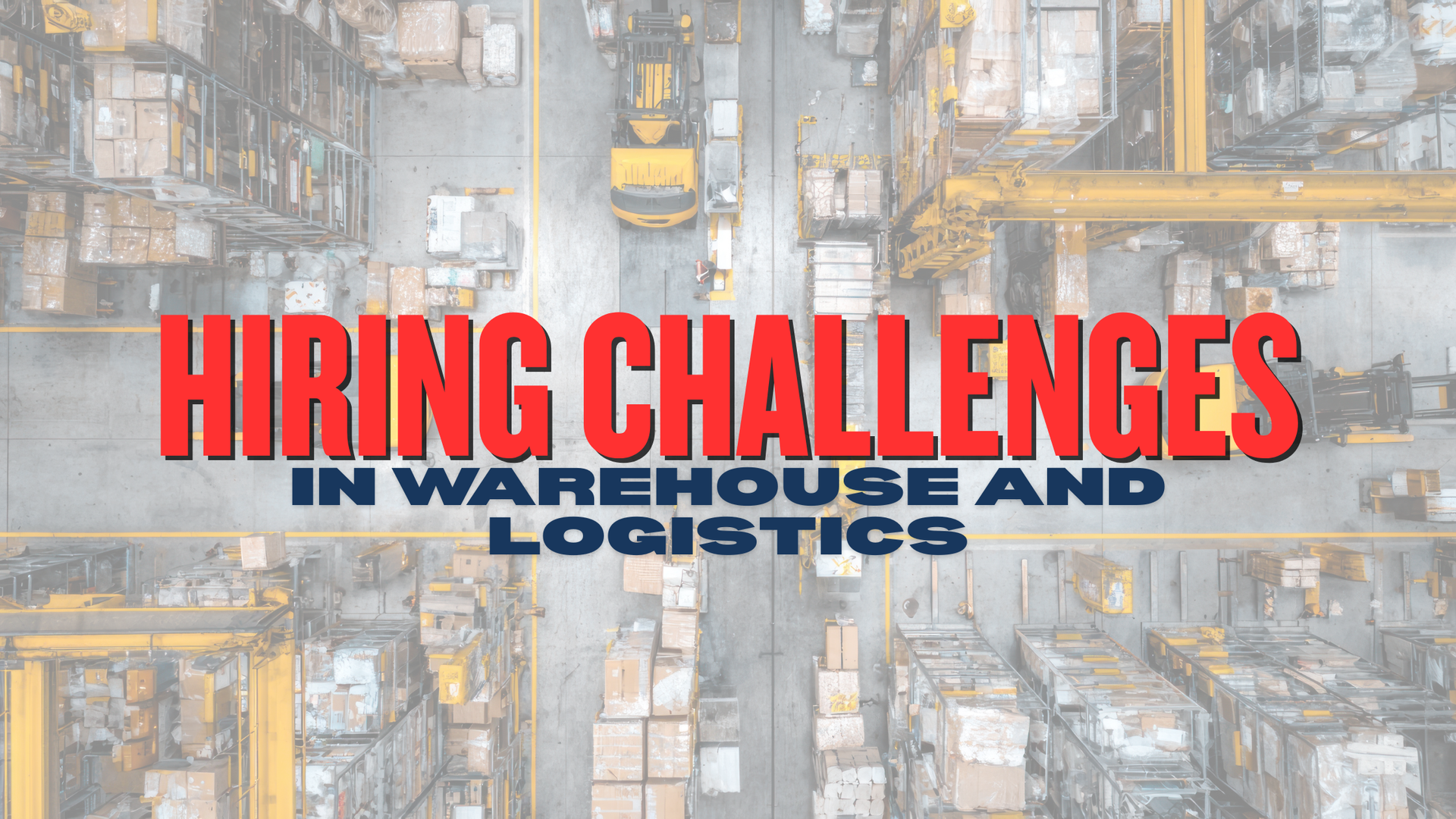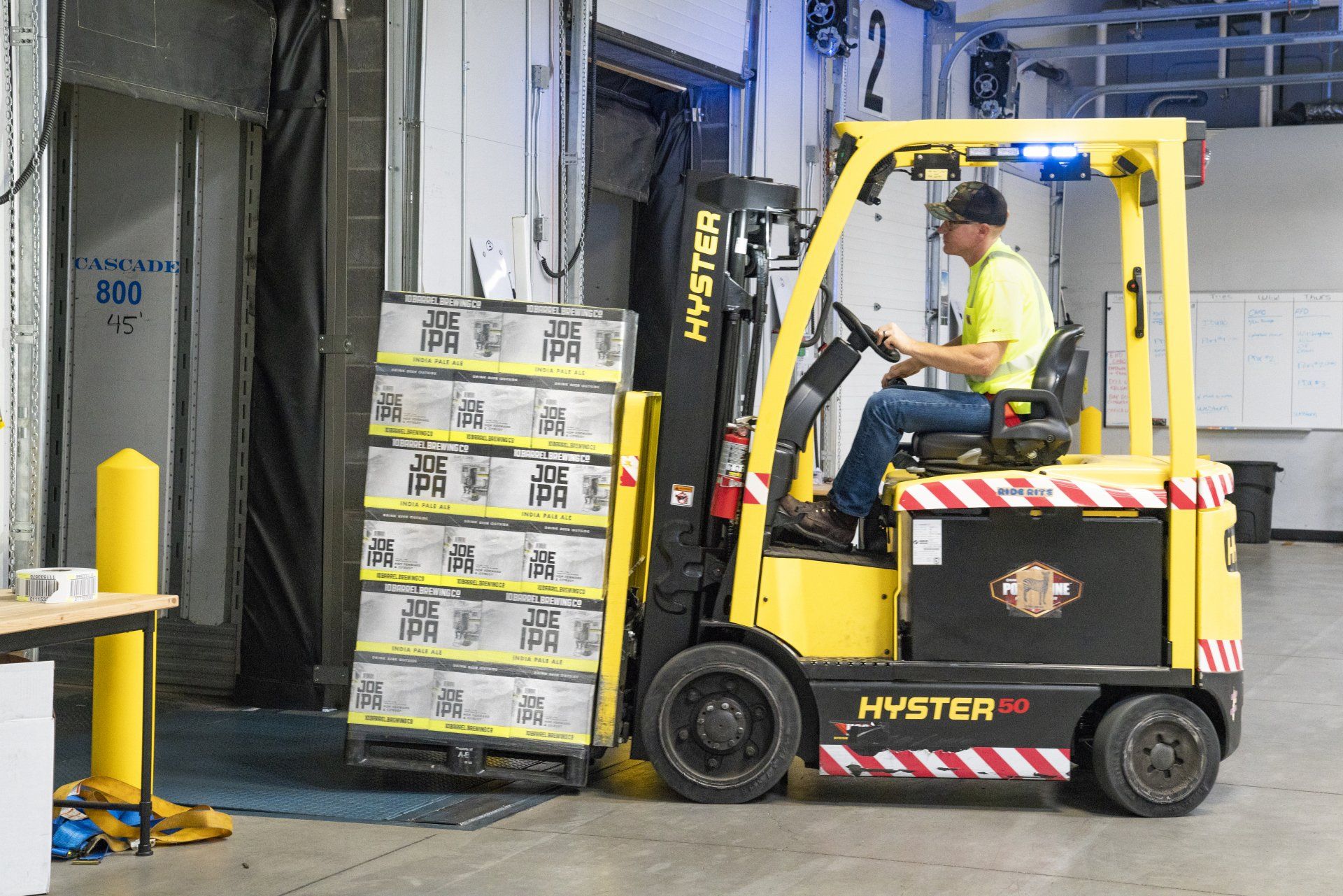5 WAYS TO IMPROVE YOUR RESUME

Have you recently been applying for jobs but have gotten little to no response?
Applying for a job may seem like a simple click of a button in this modern world. With sites such as SEEK, Indeed and Recruitment Agencies taking over the industry online, the thought and skills behind writing a new resume have been almost forgotten due to the simplicity of the process. Resumes are being reused for job applications and this is hindering your opportunity.
There are several other reasons why you may not be getting shortlisted for jobs. This may include, not using the correct resume format to make your work experience clear, your job search may not cater to your current situation or, you do not have valid references.
You may be immediately questioning your jobs application process after reading this and that is okay because this is where you can find help.
These are 5 ways to improve your resume.
Resume Format

What is the most important information on a resume?
Your work experience!
It is vital to make your work experience is clear on a resume. Most of the time it should be put before your education. This way it stands out to the recruiter and they can immediately understand your skills and experience. The proper formatting of your work experience is essential, recruiters need to know where you worked, how long you worked, what your position was and what your job duties were. It should look something like this example:
Forklift Operator, August 2016 - June 2020
Big Western Warehouse
Duties:
- Order Picking
- Unloading materials and merchandise
- Identifying and reporting damages to goods
- RF scanning
- Transporting materials to workstations
- Practice OHS and complying with company policies
With this formatting, your resume displays where you worked, how long for, what your position was and your duties.
On top of this, it is important to list your work experience from your most current role to your least. Your most current skills are more important to your job application than your job skills from 10 years ago.
List Relevant Qualifications

On top of your work experience, you need to list any relevant qualifications. When it comes to formatting your resume, you can put these qualifications such as "LO Licence" or "Master of Accounting" on top of your work experience.
Your work experience and qualifications are the two most important pieces of information on the resume (besides your name) so ensure they are eye-catching and clear!
Tailor Your Resume to the Job

As stated in the intro, it can be really easy to get caught up in the digital application process. Although you may be applying for roles that have the same job title, it is important to tailor your resume to the job description as most of them are different. Identify specific keywords that they use in the duties section and transfer those into your resume.
For example, if a job description for a Forklift Operator states:
Loading & unloading trucks or containers
Your duties should state that you have this experience.
You cannot lie on your job application but a lot of information is left off numerous resume. If you have the experience that is stated on the job description that is not listed on your resume, change something on your current one or add it.
If this is done, it will ensure you are meeting the brief of the job description, giving you a better chance at being shortlisted.
"Jobs Available Near Me"

This is a key term you should use when trying to find jobs through Google. Recruiters are more likely to hire someone closer to the job location. It may sound harsh but let's think about it this way:
You have applied for a job that is an hour away from your house in good traffic but you have all the right skills and experience for it. Someone with the same amount of skills and experience could apply, putting you on an even playing field, but if they live 10 minutes away from the role in heavy traffic, it is more likely for them to get the job over you.
When considering location a recruiter is going to chose the most appropriate candidate. The job is more convenient for the other applicant and they have less risk of being late to work, this is appealing to recruiters. If you apply for roles closer to home, you have a greater chance of getting them.
This isn't saying that you shouldn't apply for roles far away from you, just remember that it may hinder your chance of obtaining the job.
Resume References

Having a good reference is like seeing a good Google review. If you want to buy something on the internet and it has hundreds of good reviews, you are more likely to buy it.
Think of your reference like a Google review. If you have a good reference from a suitable reference, you are more likely to get the job.
References are important to a job application as they are the confirmation that your past work experience is true and that you are a competent worker.
On your resume, you do not need to list your references' names and numbers, you can simply add "References Available on Request."
If you chose to not list references, just be prepared for them to ask you for them. Your references need to be managers or leaders from a past workplace for them to be relevant, not a close co-worker or a family or friend.
Also, a great tip, make sure you ask them to be a reference! That way they will know what to say when receiving a call from the recruiter!
There you have it, 5 ways to improve your resume and increase your chance of gaining a job. To reiterate, the tips are:
- Make your work experience clear and eye-catching.
- List relevant qualifications.
- Tailor your resume to the job you're applying for.
- "Jobs available near me" search for jobs closer to home (if possible).
- Have good references ready.
If there are any other job search or resume related questions you have that you want to get answered by a professional, ask them away! We will happily answer any questions you have about the process of finding a job. Just visit our Facebook page to ask us any questions or comment below.
If you are currently looking for work, you can see all the roles we have available through this link: https://www.capturerecruitment.com.au/advancedsearch.aspx?search=1
Good luck with the job search, we hope that this information will help you land a new job. If it does let us know!










